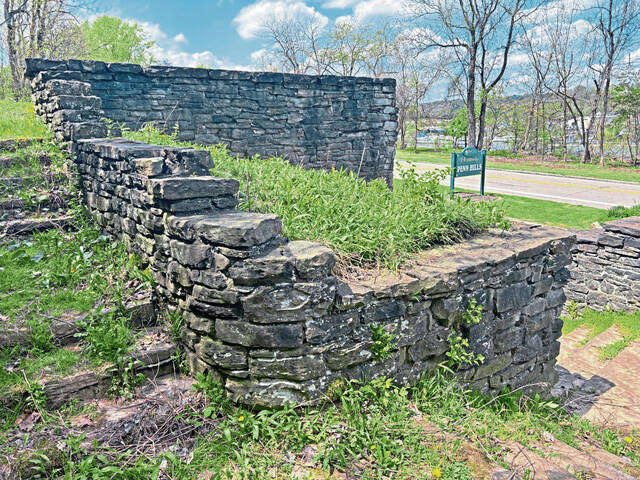Rick Duncan wants to restore Allegheny River Boulevard to its former glory.
As chair of the Allegheny River Boulevard Preservation Association, he has pushed for people to recognize the route as more than just a connector between Pittsburgh and the region’s eastern suburbs.
“It was designed and built as a scenic byway,” Duncan said. “Over the last 90 years, it has been more and more neglected.”
Talk of PennDOT “daylighting” the corridor by removing trees led Duncan to start the Allegheny River Boulevard Preservation Association in 2022. Since then, the organization has acted as a “watchdog and advocate” for the road, Duncan said.
State lawmakers might step in to advance the cause.
A bill passed the state House on April 17 to designate the boulevard as a scenic byway. It’s now under consideration by the state Senate Transportation Committee.
Passage could unlock grant opportunities and advertising from the state, said Rep. Joe McAndrew, the bill’s prime sponsor. Most of the 6-mile road spans Penn Hills, Verona and Oakmont — all in McAndrew’s district.
Littering fines also would double.
“I’m a big believer in the fact that this road has the potential to be an economic driver for this region,” McAndrew said. “This is going to lead to a generation of revenue.”
Allegheny River Boulevard was always meant to be an experience, Duncan said. Architects put care into its design, adding three stone turnouts, granite curbs and commerative pylons along the road. The only remaining pylons are in Verona near the intersection with Wildwood Avenue. They were refurbished about 15 years ago and made to light up again.
As for the turnouts, they sit behind guardrails, crumbling and sealed off from cars.
With $20,000 in state funds and another $20,000 from local donors and businesses, the organization is forming a management plan to enhance the corridor. That could include turnout restoration, landscaping and repairs to the viaduct connecting Oakmont to Verona.
“It’s not just about, ‘Let’s make it pretty,’ ” Duncan said. “Beauty is good for businesses.”
Upcoming Local Events
There’s no specific pot of money for state byways, but the designation “creates a narrative” that encourages funding and business growth, McAndrew said.
Plus, by getting the state designation, a route becomes eligible for the National Scenic Byways Program and related funding.
Before the road opened in 1934, motorists had to criss-cross the river to reach Pittsburgh or wind through Penn Hills. PennDOT maintains the length of the road, save for the turnouts, which belong to Allegheny County.
Duncan, a retired archaeologist, already has led efforts to remove overgrowth, landscape and fix up fountains built into the turnouts, which were once popular picnic and marriage proposals spots. He credits Gary Rogers, president of the Oakmont Historical Society, for much of his knowledge about the boulevard.
Trails, sidewalks and turnouts open seven days a week are all on Duncan’s wish list, but, for now, he’s keeping his goals modest.
“What we don’t want to do is take on too much too fast,” Duncan said.
Jack Troy is a TribLive reporter. A Pittsburgh native, he joined the Trib in January 2024. He can be reached at jtroy@triblive.com.



